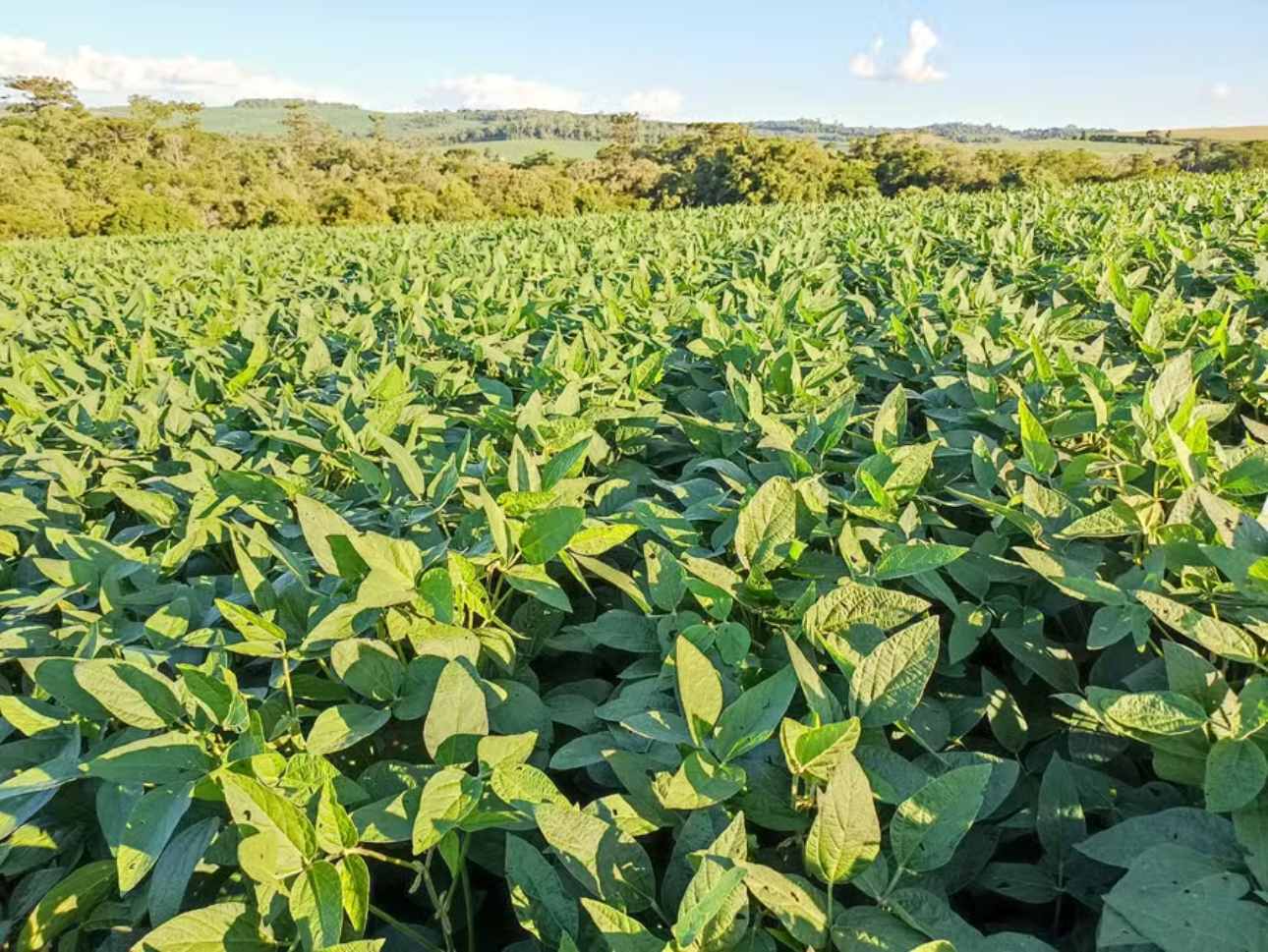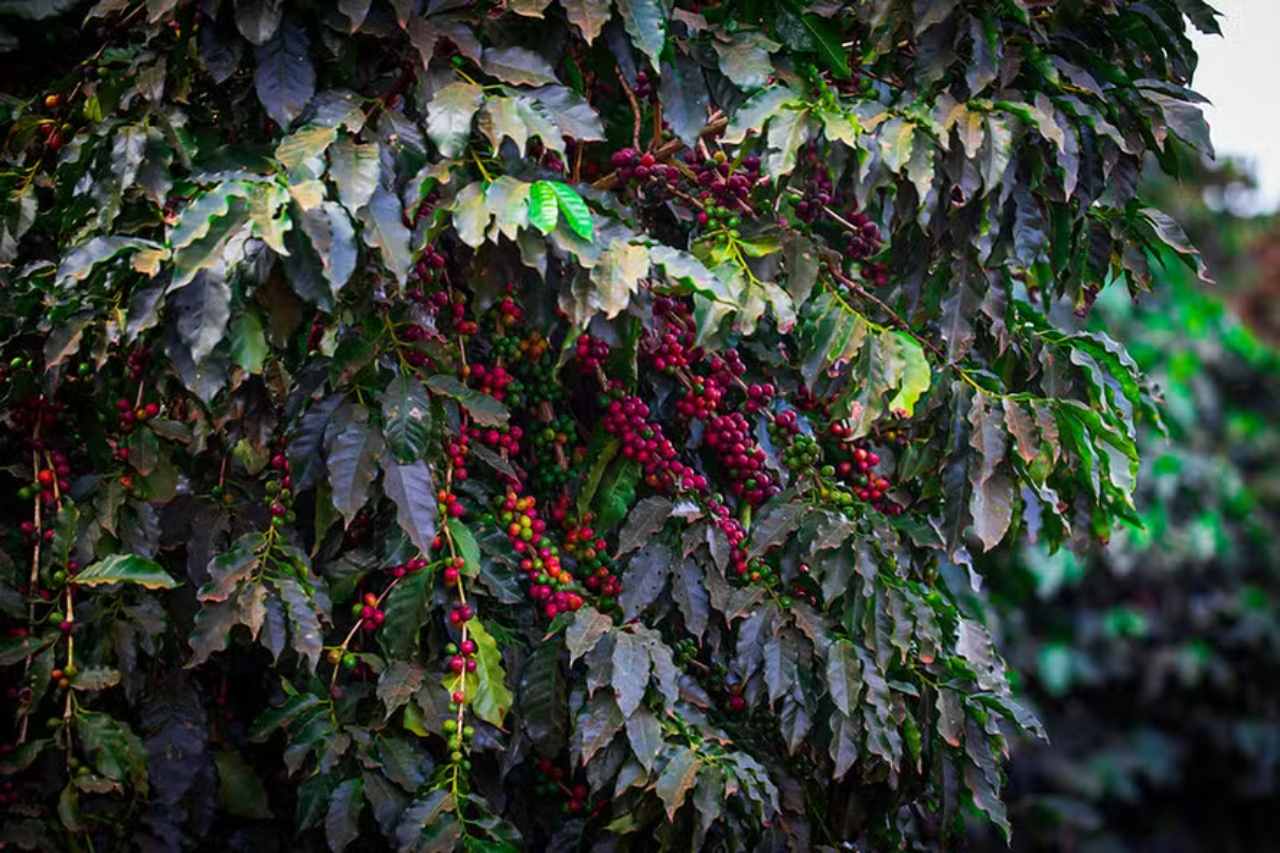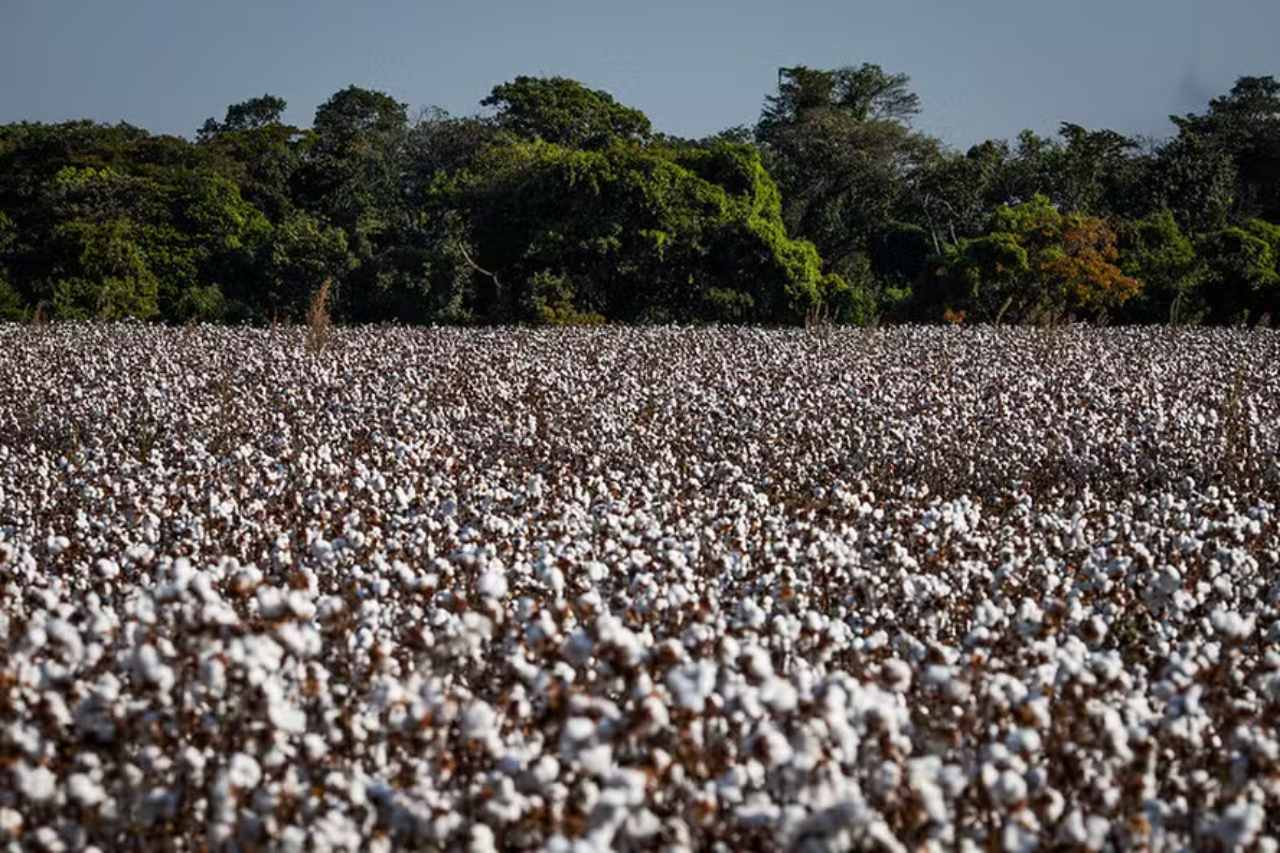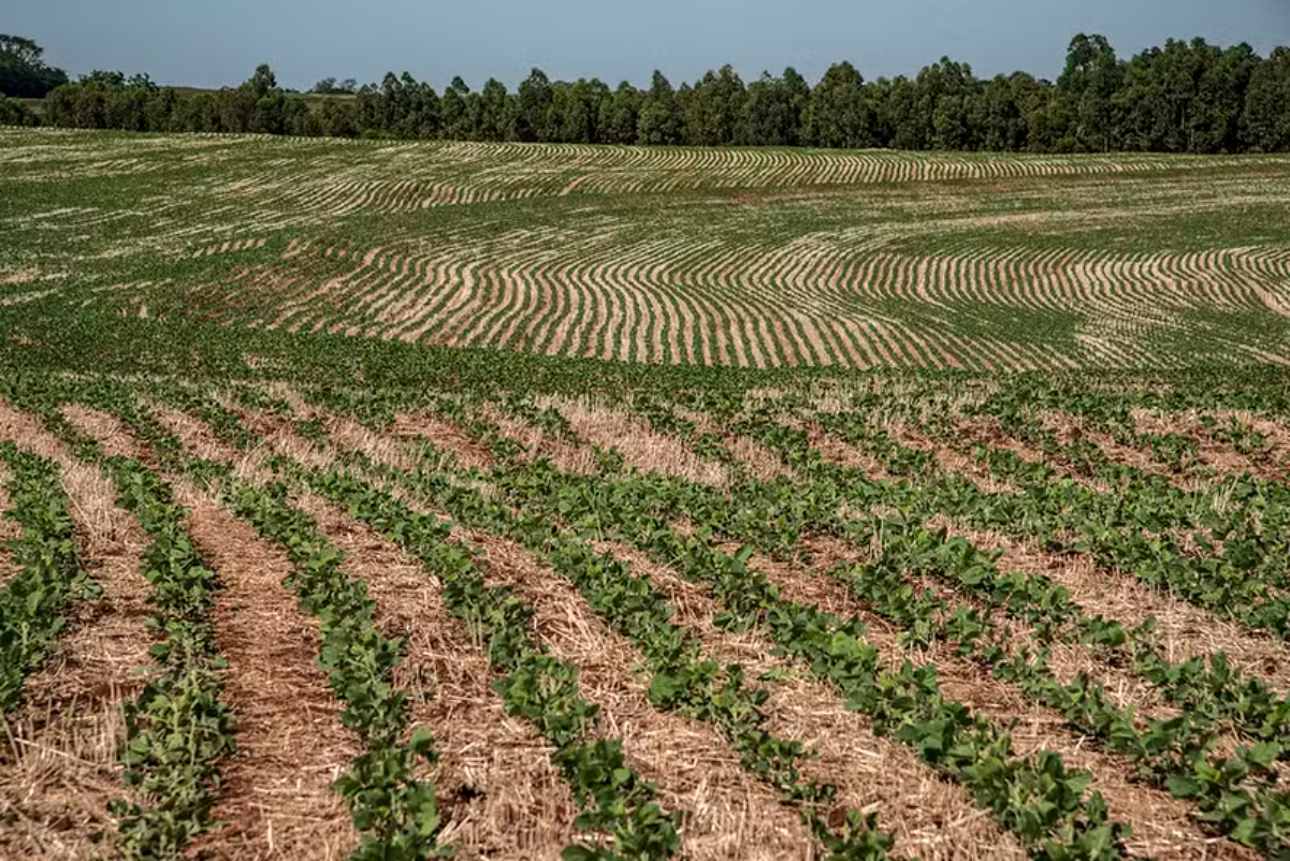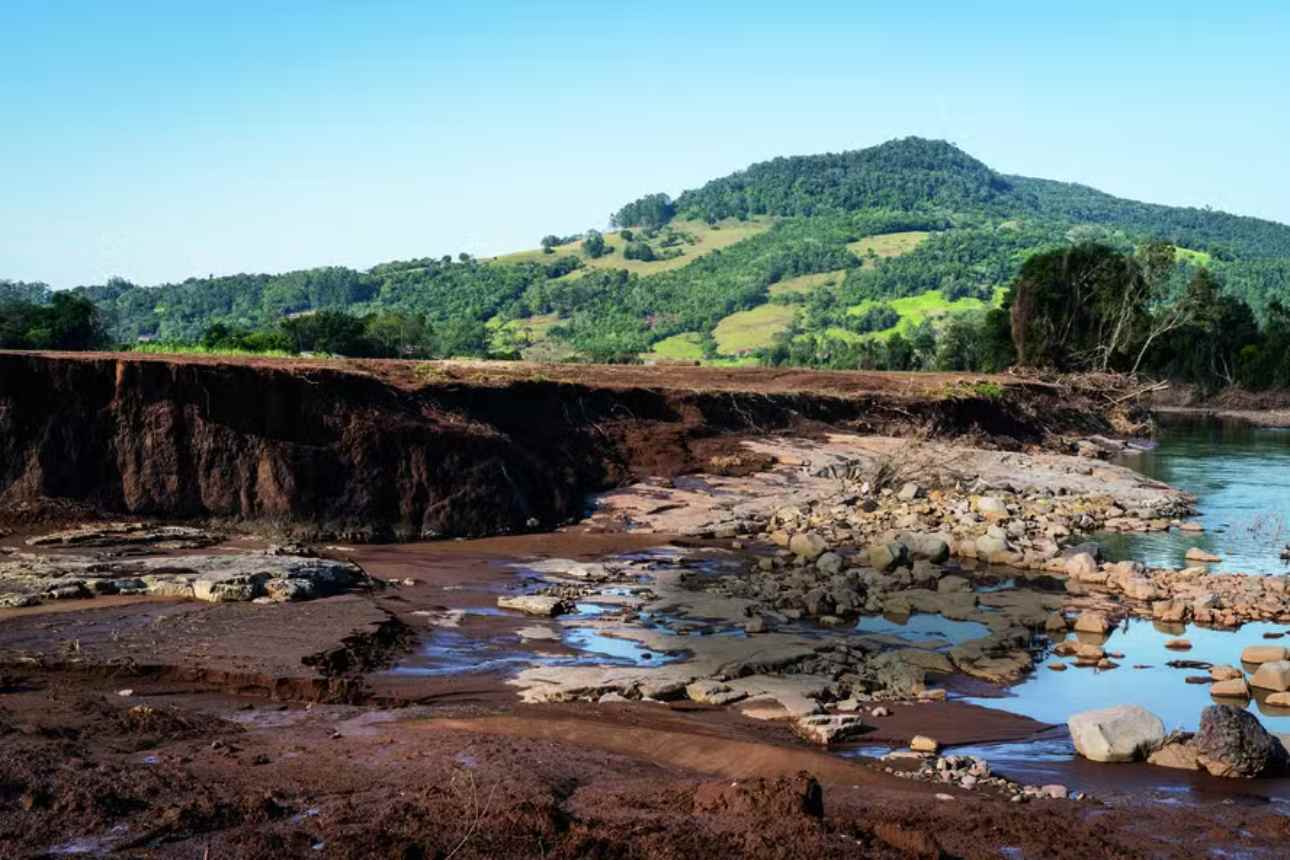Soybean farmer invests in fertilization, monitoring, and proper management to minimize the disease’s impact.
Producer Ilseu Peretti, from Chopinzinho in southwestern Paraná, has already planted his soybeans. On 50 hectares of cultivated land, he expects to harvest around 90 sacks per hectare by the end of February 2025. This volume exceeds the state average of 60 sacks per hectare, and despite the threat of Asian rust, he believes the estimate will hold. “We do our homework,” he emphasizes.
Ilseu notes that he has faced issues with Asian rust for several years: “It hits hard every harvest.”
Considered the most severe disease for soybean crops in the country, Asian rust can reduce productivity by up to 90%. The farmer states that he has not recorded losses because he relies on monitoring and correct management, investing in good fungicides for control and following the guidance of technicians for application.
According to him, it all starts with soil care, which involves balanced fertilization, liming, and the use of poultry litter, along with foliar nutrition after the plant emerges. He also completed a course in Integrated Pest Management (IPM) and reports that he has gone several harvests without applying insecticides, which helps maintain soil balance.
Ilseu Peretti’s farm hosts one of 200 spore collectors that are part of the Rust Alert system, a monitoring initiative for soybean Asian rust implemented through a partnership between the Paraná Institute of Rural Development (IDR-PR), Embrapa Soybean, and the Faep/Senar-PR system, among others.
These devices detect the precise moment the first spores of rust arrive in the fields, allowing for the optimal timing of fungicide applications. So far, the system has installed 110 devices and has detected spores in Palotina, in northern Paraná.
Information is shared on the IDR-Paraná website under the Rust Alert section, with weekly updates. Extension workers also disseminate information through WhatsApp groups, advising producers on the ideal timing for control measures and the most effective products against the disease.
Rust Alert
According to Edivan José Possamai, the state coordinator of the Sustainable Grains program at IDR-PR, producers who followed the Rust Alert guidelines in recent harvests managed to reduce fungicide applications in their fields by 35%. “This is an economic gain for the producer, leading to greater profitability, and also an environmental gain, with fewer chemicals in the environment,” he assesses.
Possamai emphasizes that timely management of rust is crucial to ensure crop productivity. “For effective control, the main strategy is the application of fungicides. That’s why monitoring the areas, with specialized technical assistance for better decision-making in management, is so important,” he stresses.
Ilseu Peretti agrees, stating that he has reduced fungicide applications from five to two or three. “Before the Rust Alert, we relied solely on the planting calendar. With this tool, we can see when rust is coming, and we don’t apply fungicides without the presence of the disease in the region. It’s more precise and leads to significant savings,” he reports. He also highlights the guidance and support from IDR specialists and his cooperative.
Artificial Intelligence
The monitoring network organized by IDR covers the main soybean-producing regions of Paraná. In this crop year (2024/25), the use of Artificial Intelligence (AI) will be validated for automating spore identification. Currently, the samples collected in the field are evaluated in a laboratory by trained professionals for visual identification of the spores, which makes the process costly. With the use of AI, the samples will be analyzed by software. “This will allow for an increased number of collectors in the state and improve the conditions for identifying the spores causing Asian rust,” explains Possamai.
This initiative was made possible through a partnership with the Center for Artificial Intelligence in Agriculture (CIA-Agro), which integrates the New Research and Innovation Arrangements (Napi) in the State of Paraná. The program coordinator at IDR reveals that the goal is to make the technology scalable and accessible to more rural producers, as well as to expand the identification of spores from other plant diseases during the process.
Foundation ABC
In late September, Fundação ABC also monitored Asian rust in the regions where the cooperatives maintaining the research entity operate—Frísia, Castrolanda, and Capal—covering a planted area of 320,000 hectares in the states of Paraná and São Paulo. Despite a 45% reduction in plants with the presence of rust compared to the previous harvest, there were confirmed cases of the disease in volunteer soybean and perennial soybean (Neonotonia wightii).
For the foundation, the presence of rust in the region raises an alert for disease management in the 2024/25 summer harvest, especially in later sowings. Giovanni Kochinski, researcher and coordinator of the Phytopathology Sector at Fundação ABC, explains that monitoring will continue in the foundation’s experimental areas spread throughout the region. In some of these plots, fungicides are not applied, and according to Giovanni, as soon as the first outbreaks of the disease appear, alerts will be sent to producers and technicians.
“This work is crucial, as we have the presence of the disease in the region, to ensure that producers take the necessary precautions. Following our recommendations and agronomists’ guidance to implement proper management with fungicide applications at the correct intervals is vital,” he emphasizes.
Recommendations for Producers
Edivan Possamai from IDR-PR reminds that each year, the behavior of Asian rust varies depending on climatic conditions. In years influenced by La Niña—like this one—drier conditions often lead to the disease entering fields later and with less aggressiveness. “This is a sign for this year, but it’s essential to monitor closely,” he highlights.
To minimize the impacts of Asian rust and maintain disease control in soybean crops, specialists stress the importance of monitoring, alongside tracking changes in rust in the fields. Technical assistance to determine the most suitable management approach, considering plant stage and climatic conditions, is also crucial for achieving good results. “Rust management must begin preventively because once it reaches an uncontrolled stage, it becomes challenging. This is because there is no fungicide that is 100% effective in controlling the disease,” says Possamai.
Researcher Giovanni Kochinski notes that applying fungicides at the right time has a direct impact on rust management. Another technical recommendation he emphasizes, to ensure effective application, is using the correct flow rate in the sprayer: 100 liters per hectare. Additionally, it’s important to define the correct intervals for fungicide application: “With summer rain showers, fungicides can be washed away. It’s crucial to pay attention to this detail, allowing a longer interval between the end of application and the next rainfall.”
According to a bulletin issued by the Department of Rural Economy (Deral) of the State Secretariat of Agriculture and Supply, soybean planting in Paraná reached 74% of the estimated area by October 28.

